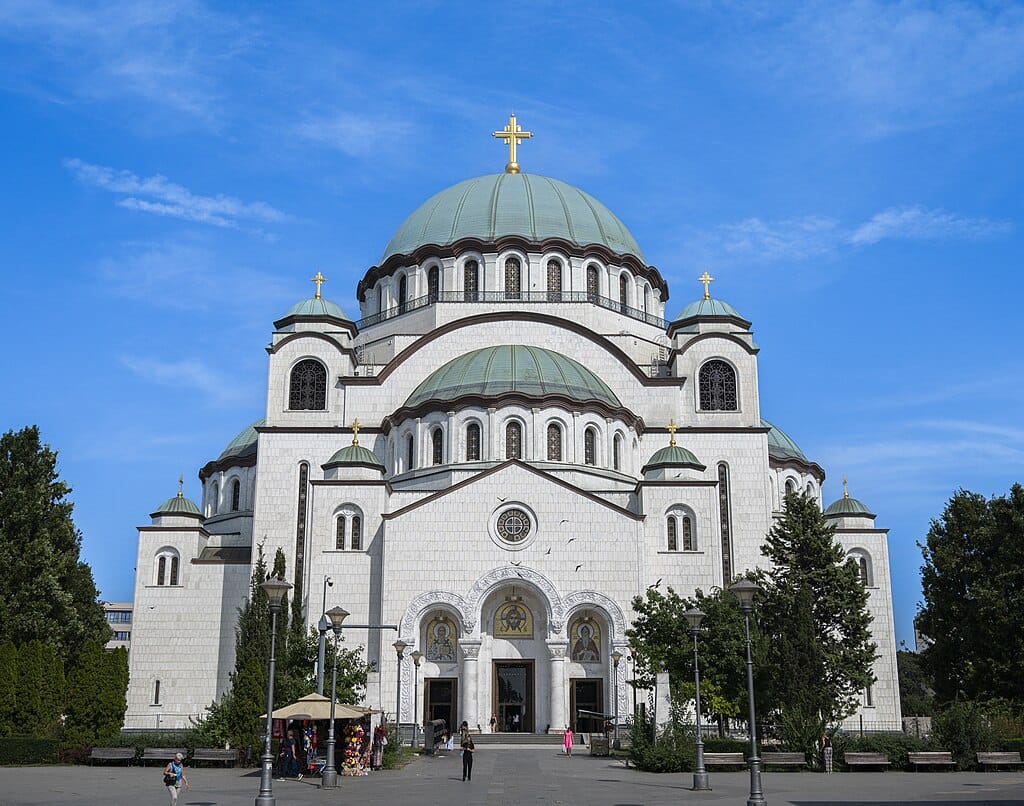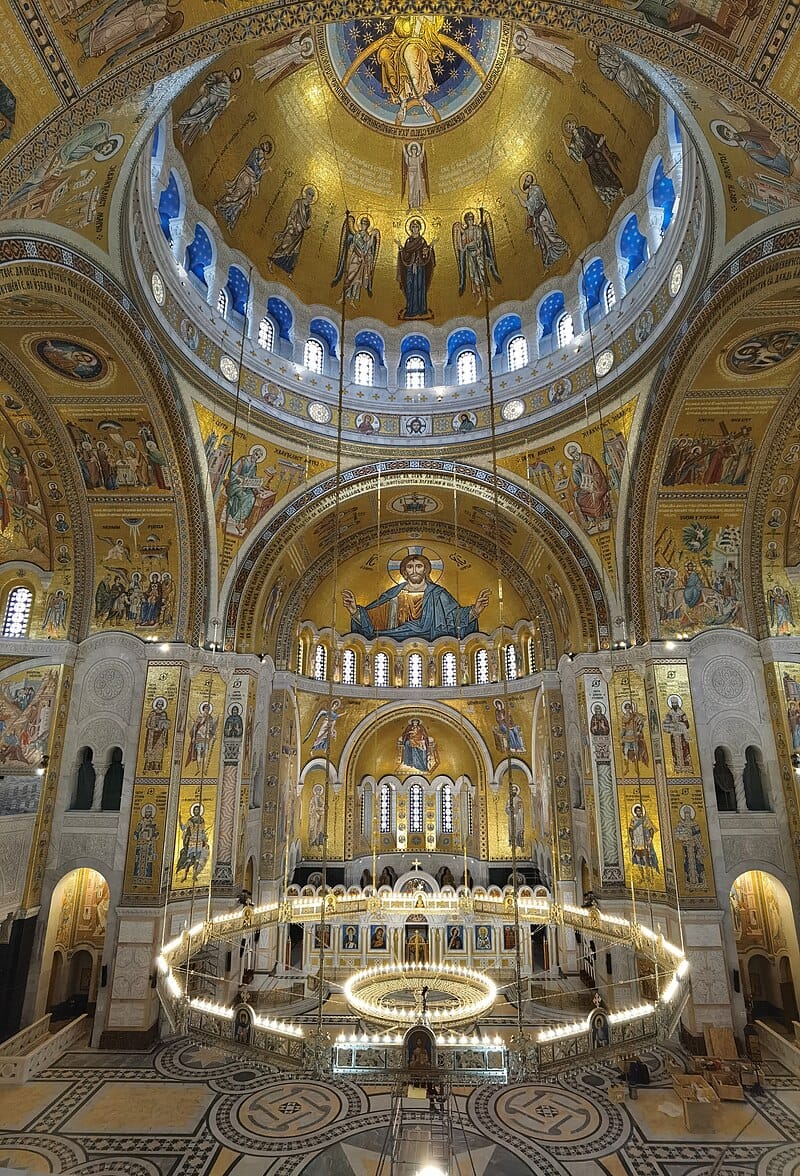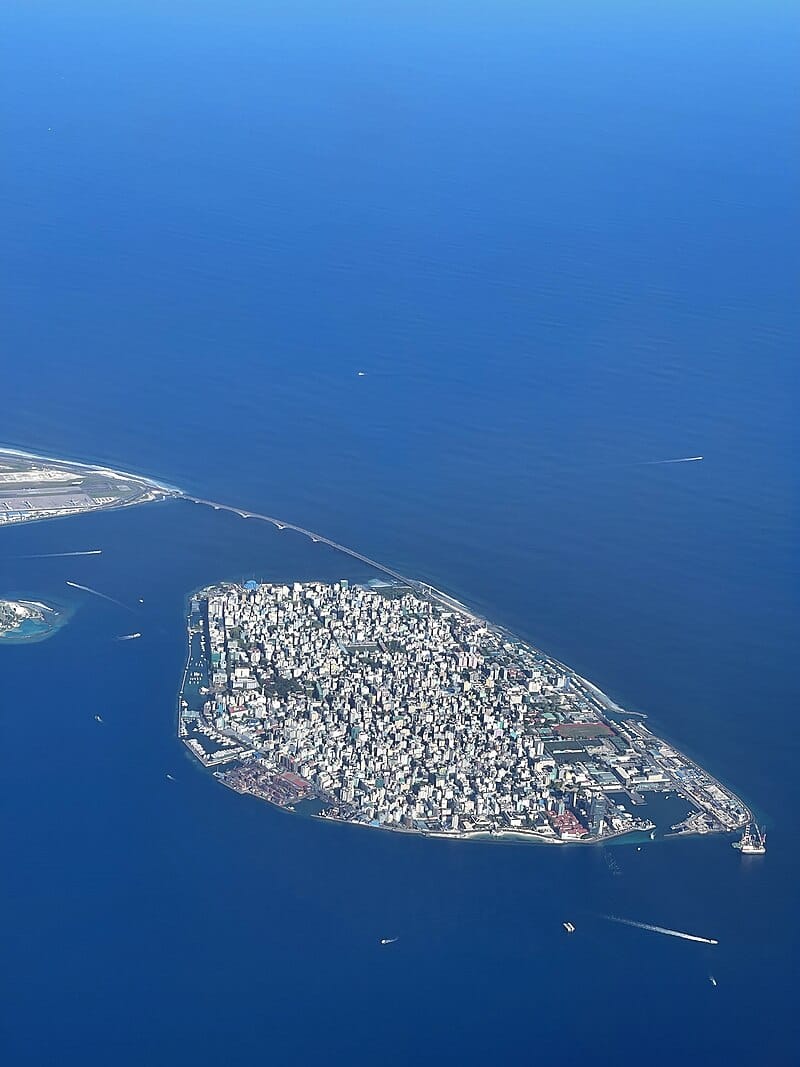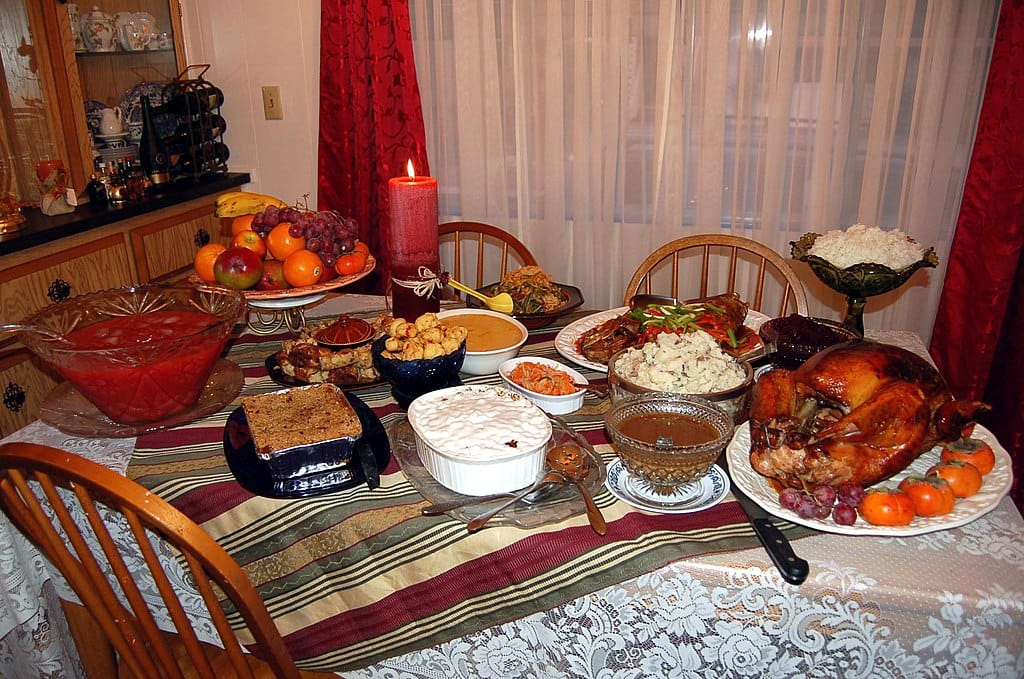- The Culture Explorer
- Posts
- Kailasa Temple: An architectural miracle in stone
Kailasa Temple: An architectural miracle in stone
Happy Thanksgiving to all of our readers from the United States!
This week’s newsletter brings back World Scholar from X, unraveling the awe-inspiring story behind India’s Kailasa Temple—a breathtaking marvel carved from a single rock that continues to defy time and imagination.
In the heart of India’s Deccan Plateau lies one of humanity’s greatest architectural feats: the Kailasa Temple.
It may look like any ordinary ancient wonder, but this is the largest monolithic building in the world (meaning it was built in its entirety from just a single piece of rock) …
Sit Back. Relax. And grab your cup of tea. Let’s dive in:

Kailasa Temple, Maharashta, India (773 AD)
The temple is part of the Ellora Caves, consisting of 34 rock-cut monasteries and temples built around 1,200 years ago. But among these remarkable creations, Kailasa is the crown jewel. Its scale, intricacy, and method of construction defy imagination.
Its’ true scale is unprecedented — To put this in perspective, it’s around twice the size of the Parthenon in Greece.
But this is not just a single building; it is a collection of halls, courtyards, and shrines, all interconnected seamlessly. The main shrine, surrounded by smaller pavilions, is crowned with a towering shikhara, its spire reaching upward in devotion.
And its dimensions are staggering… It measures roughly 276 feet long, 154 feet wide, and rises to a height of over 100 feet. But it’s not just the size that impresses — it’s the artistry.
Kailasa is adorned with intricately carved panels depicting scenes from the Ramayana, Mahabharata, and other Hindu epics.
The temple was dedicated to Lord Shiva and was a symbolic representation of Mount Kailash, the mythical abode of Shiva in Hindu cosmology. Its construction was not just an act of devotion but also a demonstration of the king's power and piety.
This is why you see so many elephants, lions, and mythical creatures appear to hold the weight of the temple on their backs, their forms so lifelike that they seem ready to leap into motion.

The base of Kailasa Temple at the Ellora Caves.
Booksi is an innovative travel company that specializes in providing affordable, curated vacation packages, making dream destinations accessible with a seamless booking experience and personalized customer service. With vacation season coming up, check out their affordable deals.
St Thomas, Virgin Islands Resort Getaway For Only $99
Stay 3 nights in luxury Studio Suite for up to 4 people at St Thomas, Virgin Islands for only $99. Enjoy the laid-back Caribbean vibe and the soft white sands of Water Bay. Buy now and travel anytime in the next 18 months.
Perhaps the most compelling aspect of the Kailasa Temple is the mystery behind its construction: Modern archaeologists estimate it would have required hundreds of laborers working continuously for decades to complete.
You would think that the precision of these carvings suggests highly advanced tools and techniques, yet the Rashtrakutas achieved this using the simplest of instruments —hammers, chisels, and a profound understanding of geometry. But it gets even more interesting…
Unlike many structures built brick by brick or stone by stone, the Kailasa Temple was hewn entirely out of the earth, ground up. This is called rock-cut architecture, which (in this case) involves chiseling away a hillside to create an enormous freestanding structure.
To achieve this, artisans started at the top of the rock, carving downward — something you see in so many of your favorite structures of the ancient world. Over 400,000 tons of rock were removed to shape the Kailasa temple and yet, despite the sheer size of the project, its carvings retain the most intricate detail.
And when you look at the pictures, it’s breathtaking how not a single mistake was made…

One of the intricately carved sections of the Ellora Caves, specifically part of the Kailasa Temple (Cave 16)
In the heart of India’s Deccan Plateau lies one of humanity’s greatest architectural feats: the Kailasa Temple.
It may look like any ordinary ancient wonder, but this is the largest monolithic building in the world (meaning it was built in its entirety from just a single piece of rock)…
Sit Back. Relax. And grab your cup of tea. Let’s dive in:

Kailasa Temple, Maharashta, India (773 AD)
The temple is part of the Ellora Caves, consisting of 34 rock-cut monasteries and temples built around 1,200 years ago. But among these remarkable creations, Kailasa is the crown jewel. Its scale, intricacy, and method of construction defy imagination.
Its true scale is unprecedented — To put this in perspective, it’s around twice the size of the Parthenon in Greece.
But this is not just a single building; it is a collection of halls, courtyards, and shrines, all interconnected seamlessly. The main shrine, surrounded by smaller pavilions, is crowned with a towering shikhara, its spire reaching upward in devotion.
And its dimensions are staggering… It measures roughly 276 feet long, 154 feet wide, and rises to a height of over 100 feet. But it’s not just the size that impresses — it’s the artistry.
Kailasa is adorned with intricately carved panels depicting scenes from the Ramayana, Mahabharata, and other Hindu epics.
The temple was dedicated to Lord Shiva and was a symbolic representation of Mount Kailash, the mythical abode of Shiva in Hindu cosmology. Its construction was not just an act of devotion but also a demonstration of the king's power and piety.
This is why you see so many elephants, lions, and mythical creatures appear to hold the weight of the temple on their backs, their forms so lifelike that they seem ready to leap into motion.

The base of Kailasa Temple at the Ellora Caves.
Perhaps the most compelling aspect of the Kailasa Temple is the mystery behind its construction: Modern archaeologists estimate it would have required hundreds of laborers working continuously for decades to complete.
You would think that the precision of these carvings suggests highly advanced tools and techniques, yet the Rashtrakutas achieved this using the simplest of instruments —hammers, chisels, and a profound understanding of geometry. But it gets even more interesting…
Unlike many structures, built brick by brick or stone by stone, the Kailasa Temple was hewn entirely out of the earth, ground up. This is called rock-cut architecture, which (in this case) involves chiseling away a hillside to create an enormous freestanding structure.
To achieve this, artisans started at the top of the rock, carving downward — something you see in so many of your favorite structures of the ancient world. Over 400,000 tons of rock were removed to shape the Kailasa temple and yet, despite the sheer size of the project, its carvings retain the most intricate detail.
And when you look at the pictures, it’s breathtaking how not a single mistake was made…

One of the intricately carved sections of the Ellora Caves, specifically part of the Kailasa Temple (Cave 16)
It’s a masterpiece of symmetry. The main sanctum lies at the heart of the structure, surrounded by finely carved pillars, friezes, and sculptures. Each corner of the temple reveals another layer of meaning, as stories from Hindu mythology are narrated across its surface.
The southern gallery is particularly striking. Here, relief panels depict episodes from the Ramayana and Mahabharata, India’s great epics. Again, animals and celestial beings are carved with such life-like detail that one can almost imagine them stepping out of the stone.
But the Kailasa Temple doesn’t exist in isolation. It belongs to a lineage of rock-cut architecture that spans the ancient world…
For instance, in Petra, the Nabataeans carved their iconic “Al-Khazneh” Treasury into the sandstone cliffs of modern-day Jordan. Like Kailasa, it was a demonstration of what the ancient world could achieve, boasting the thriving commercial hub that Petra became — a crossroads of trade routes and ideas that would stand centuries.
While Petra’s Nabatean architects focused on facades, the Kailasa artisans sculpted not just the exterior but also the interior, creating a fully functional space for worshipers.

The “Al-Khazneh” Treasury of Petra, Jordan (1st Century AD)
Similarly, the churches of Lalibela in Ethiopia — carved into volcanic rock — parallel Kailasa in their technique and purpose. These 12th-century monolithic structures were conceived as a "New Jerusalem" for Ethiopian Christians.
But India has many of these remarkable, ancient rock-cut wonders. The Ajanta Caves, in Maharashtra, India is one you may have heard of. Dating back to the 2nd century BC, these 29 rock-hewn caves were primarily crafted as Buddhist monasteries and prayer halls, overlooking the Waghora River.
And they were celebrated for their exquisite murals and sculptures that depict scenes from the Jataka tales. And of course there was the intricate detail, showcasing early mastery of storytelling through art, just like in Kailasa Temple.

The Ajanta Caves, Maharashtra, India (2nd Century AD)
But what makes the Kailasa Temple really unique isn’t just its sheer scale or skilled craftsmanship, but the vision it embodies.
Every surface of the temple is alive with detail.
It’s a reminder of what humans can achieve when driven by purpose and belief. When you stand before it, you’re not just looking at a temple — you’re witnessing a miracle in stone.
Even today, the temple leaves modern architects and engineers in awe. How did ancient artisans, with their limited tools, achieve such perfection?
Hope you enjoyed the fascinating story behind the Kailasa Temple from World Scholar. Just this week, he had done a fantastic thread on Mont Saint Michel which did over 4 million views. Do check it out and give him a follow.
This is Mont Saint Michel, a 1,300 year-old abbey built in Normandy, France.
It's a masterpiece of Medieval engineering and defies all odds.
But it isn't a solitary wonder, it's part of the greatest formation of marvels that you've never heard of... 🧵
— World Scholar (@WorldScholar_)
7:18 PM • Nov 24, 2024
“If we knew what we were doing, it wouldn’t be research.”
Happy Thanksgiving to all our readers in the United States! 🍁🦃 Today, as you gather around the table with loved ones, may your day be filled with gratitude, laughter, and the warmth of shared moments. Whether it's the perfectly golden turkey, a second helping of pie, or the joy of simply being together, take a moment to soak in all the blessings of the season.

We’re thankful for you—for your curiosity, your support, and for being part of this wonderful community. May this holiday remind us all of the importance of kindness, connection, and the little joys that make life beautiful. Wishing you and your families a safe, happy, and heartwarming Thanksgiving! 🧡
|
Art

The First Thanksgiving at Plymouth by Jennie Augusta Brownscombe (1914) on display at Pilgrim Hall Museum in Plymouth, Massachusetts.
Art

Madame Ramón Subercaseaux (1880–81) by John Singer Sargent
John Singer Sargent’s Madame Ramón Subercaseaux (1880–81) is a portrait that oozes elegance and confidence. Picture this: a sophisticated woman, draped in a luxurious gown, sitting gracefully with an air of quiet self-assurance. Sargent was a master of capturing personality, and here he brings Madame Subercaseaux to life with his brilliant use of light and shadow. Her dark areas of her dress contrasts beautifully with the softer tones of her skin and the delicate highlights in her hair, drawing your eyes directly to her poised expression. You can almost sense her calm, collected demeanor, as if she’s subtly in command of her world.
What makes this painting even more striking is Sargent’s knack for detail and atmosphere. The play of light on the gown’s fabric creates a mesmerizing texture, while the understated background keeps all the attention on Madame Subercaseaux. Yet, there’s a modernity to her pose and presence—it’s not just about beauty but about individuality. Sargent painted this during his early career, but even then, he was pushing the boundaries of traditional portraiture, giving his subjects a spark of life and realism that sets them apart. This portrait isn’t just a depiction of a person; it’s a window into her character and the world she inhabited.
Architecture

Church of Saint Sava, Belgrade, Serbia. Photo by Npps90 - Wikimedia, CC BY-SA 4.0.
The Church of Saint Sava in Belgrade, Serbia, is a masterpiece of Orthodox architecture and one of the largest churches in the world. Imagine standing before its immense white marble exterior, with a central dome so massive it seems to touch the sky, topped by a shimmering gilded cross. The design takes inspiration from the Hagia Sophia, blending Byzantine tradition with Serbian cultural identity. Its symmetry is striking, with smaller domes and semi-domes radiating around the main structure, creating a sense of balance and harmony. Even from afar, its grandeur commands attention, standing as a beacon of faith and history.

Interior of the Church of Saint Sava. Photo by P.Cikovac - Wikimedia, CC BY-SA 4.0.
Step inside, and you're greeted by an interior that feels like stepping into a jewel box of light and color. The walls and ceilings are covered in intricate mosaics, with gold and rich hues depicting saints and biblical stories. The centerpiece? A breathtaking mosaic of Christ Pantocrator in the central dome, surrounded by celestial blues and vibrant patterns that catch the sunlight streaming through the windows. It’s a modern creation, finished in the 21st century, yet it feels timeless, connecting Serbia's rich Orthodox heritage to its present. The Church of Saint Sava isn’t just a place of worship—it’s a testament to resilience, artistry, and devotion.
Travel

Malé, the capital of the Maldives. Photo By Shahee Ilyas - Own work, CC BY-SA 3.0.
Traveling to Malé, the bustling capital of the Maldives, is like stepping into a unique blend of modern city life and tropical island charm. Unlike the tranquil resort islands the Maldives is famous for, Malé is a compact, vibrant city packed with life. As your plane descends over the turquoise waters, you’ll see this colorful city rising from the ocean, with tightly packed buildings painted in bright hues of blue, yellow, and green. Once on the ground, the city greets you with its busy streets filled with scooters, markets, and a mix of local culture and international influences. Despite its small size, Malé offers plenty to explore, from its mosques and historical landmarks to its lively fish market, where you can witness the daily rhythm of island life.

Malé in 2022, with the new bridge to the airport. Photo By Khadkaprakriti - Own work, CC BY 4.0.
One of Malé’s must-see spots is the 17th-century Old Friday Mosque, built from intricately carved coral stone, reflecting the Maldives’ rich Islamic heritage. For a taste of local life, head to the bustling Malé Market, where vendors sell everything from tropical fruits to fresh seafood, or take a stroll along the city’s artificial beach, a rare urban seaside escape. Malé’s location also makes it the gateway to the rest of the Maldives. Many travelers use it as a jumping-off point to the stunning atolls and luxury resorts, but the city itself offers a slice of authentic Maldivian life. It’s a fascinating mix of tradition and modernity, making it a worthwhile stop for anyone curious about the culture behind the postcard-perfect islands.
Food

Tender, juicy roast turkey - the main attraction - with old-fashioned gravy, cranberry sauce, smashed potatoes, baked green beans, sweet and sour cod, steamed rice, achara (pickled green papaya relish), leche flan, apple crisp (from Yucaipa!), punch and 365 (that's a brand name) soda from Whole Foods! Photo by Ms Jones from California, USA - Thanksgiving Dinner, CC BY 2.0.
Thanksgiving dinner is more than just a meal—it’s a full-on experience of comfort, tradition, and togetherness. Imagine, the table is loaded with golden roast turkey as the centerpiece, surrounded by classic sides like buttery mashed potatoes, rich gravy, tangy cranberry sauce, and maybe a heaping dish of green bean casserole or sweet potatoes topped with marshmallows.
It’s a feast where everyone has a favorite dish, and the conversation flows as freely as the pumpkin pie gets sliced. Whether you’re sharing funny family stories, arguing over football, or sneaking seconds (or thirds), the warmth of being together is what makes Thanksgiving special. It’s a day to pause, be grateful, and enjoy all the delicious chaos that comes with it.




Reply